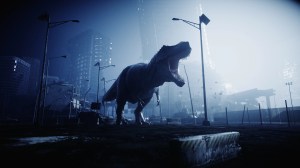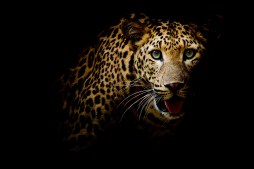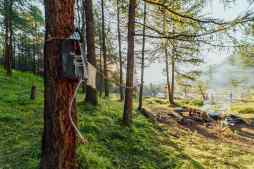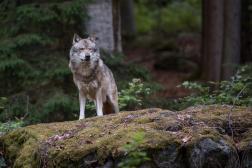A Journey Through Time: Meet 5 Remarkably Odd Prehistoric Creatures

The prehistoric world was home to an incredible variety of creatures, many of which seem strange and fascinating to us today. From bizarre body structures to unusual behaviors, these ancient animals offer a glimpse into the diversity of life that once thrived on our planet. Let’s embark on a journey through time and meet five remarkably odd prehistoric creatures that continue to captivate scientists and enthusiasts alike.
Anomalocaris – The Strange Sea Predator
Anomalocaris was one of the earliest known apex predators from the Cambrian period, around 500 million years ago. This creature looked unlike anything alive today, with large compound eyes, a circular mouth lined with sharp plates, and two large frontal appendages used for grasping prey. Despite its odd appearance, Anomalocaris played a crucial role in shaping early marine ecosystems.
Hallucigenia – The Bizarre Worm-Like Animal
Hallucigenia is famous for its bewildering anatomy that puzzled scientists for decades. This tiny creature had spines along its back and multiple pairs of tentacle-like legs beneath it. Initially reconstructed upside down, it lives up to its name by resembling something straight out of a vivid dream or hallucination from the Cambrian explosion era.
Dunkleosteus – The Armored Fish with Powerful Jaws
Dunkleosteus lived during the Late Devonian period and was one of the largest placoderm fishes ever discovered. Its armored head shielded it while powerful jaw plates could snap prey with incredible force—estimated to be one of the strongest bites in history—making it a dominant predator in prehistoric oceans.
Megatherium – The Giant Ground Sloth
Megatherium was an enormous ground sloth that roamed South America during the Pleistocene epoch, some 10,000 years ago. Standing up to 20 feet tall when upright and weighing several tons, this gentle herbivore’s massive claws were likely used for defense as well as for pulling down branches rather than digging underground like modern sloths.
Opabinia – Five-Eyed Oddity
Opabinia is another curious Cambrian creature notable for its five eyes arranged on stalks atop its head and a long flexible proboscis ending in a claw-like structure used for grabbing food particles from sediment or small prey items underwater — features that make Opabinia one of nature’s most unique evolutionary experiments.
Exploring these weird and wonderful prehistoric creatures not only fascinates us but deepens our understanding about life’s adaptability through millions of years on Earth. Each species tells part of an epic story about evolution’s creativity earlier life forms employed to survive in their distinct environments.
This text was generated using a large language model, and select text has been reviewed and moderated for purposes such as readability.











